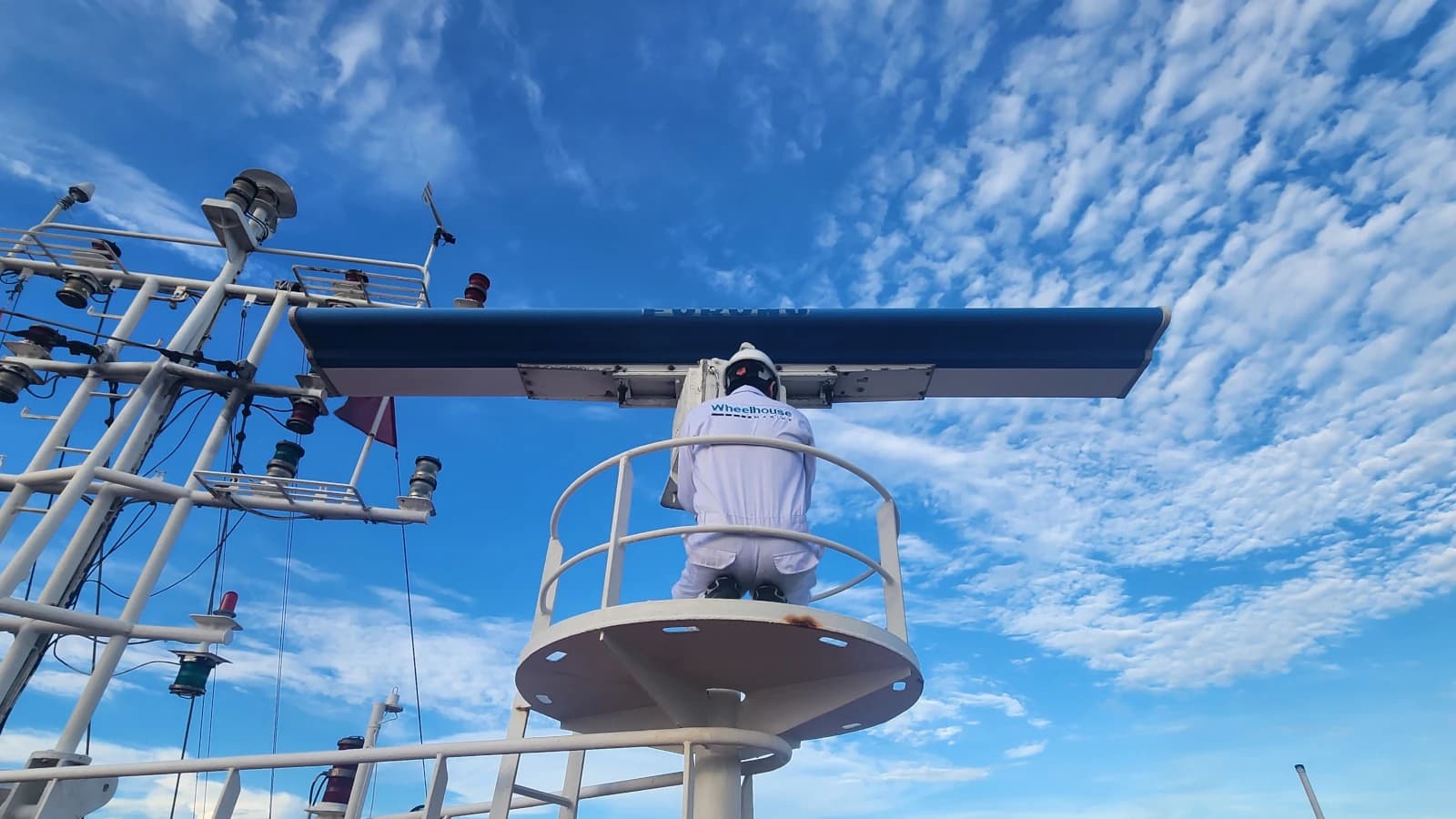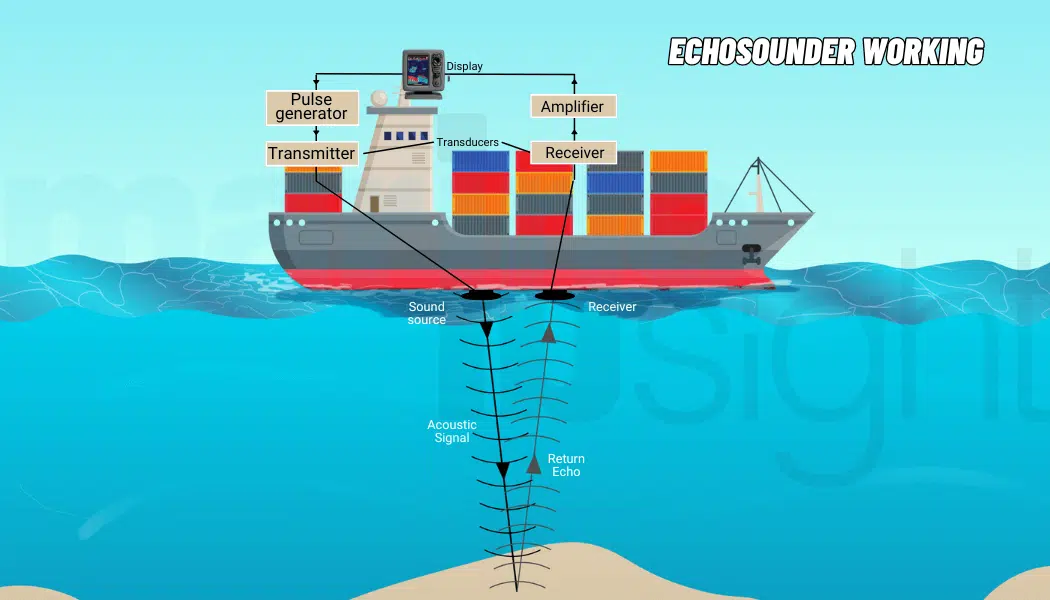GNSS Navigation Systems: Analyzing Accuracy, Multi-Constellation, and Availability

Evaluating the technical foundation and operational challenges of global satellite positioning systems.
1. Introduction: The Transformation of Absolute Positioning
GNSS (Global Navigation Satellite System) is the generic term for satellite systems that provide Positioning, Navigation, and Timing (PNT) capabilities globally. In the maritime context, these systems include GPS (USA), GLONASS (Russia), Galileo (EU), and BeiDou (China). The advent of GNSS has revolutionized seafaring, largely replacing traditional navigation methods with continuous and high-precision position data.
However, in a high-risk environment like the sea, total reliance on satellite signals presents serious challenges. This article delves into the operating principles, sources of error, correction methods to enhance accuracy, and the crucial redundancy requirements that vessels must adhere to for the highest achievable safety margin.
2. Fundamental Operating Principles and Sources of Error
The positioning capability of GNSS relies on measuring the distance between the receiver on the vessel and the satellites in Medium Earth Orbit (MEO).
2.1. Distance Measurement and Spatial Trilateration
- Pseudorange: The GNSS receiver determines the distance to the satellite by measuring the signal's Time of Flight. Because the receiver's clock is not perfectly synchronized with the satellite's atomic clock, the measured distance is a pseudorange.
- Equation Solving (Trilateration): To determine a 3D position (latitude, longitude, altitude), the receiver needs range data from three satellites. However, to solve for the receiver clock error (), range data from a fourth satellite is required. The fourth satellite signal allows the receiver to synchronize and correct the time offset.
2.2. Major Sources of Error
The accuracy of GNSS is affected by several factors, collectively known as error sources:
- Atmospheric Errors:
- Ionosphere: This layer slows the speed of radio waves, causing the largest error component.
- Troposphere: Water vapor and temperature cause refraction and slow the signal.
- Satellite Clock and Ephemeris Errors: Minor drifts in the satellite's atomic clock and deviation between the actual and predicted orbits.
- Multipath Error: Occurs when the satellite signal is reflected by nearby structures (e.g., masts, superstructure) before reaching the antenna, increasing the time of flight and causing position error.
- Satellite Geometry Influence (DOP - Dilution of Precision): The spatial distribution of satellites in the sky directly impacts accuracy. A high PDOP (Position Dilution of Precision) indicates poor satellite geometry and low accuracy.
3. Enhancing Accuracy: From DGPS to PPP
To meet the high-precision requirements of modern maritime operations (such as maneuvering large vessels or surveying), various correction techniques have been developed.
3.1. DGPS (Differential Global Positioning System)
DGPS is a common correction method that was once a mandatory standard.
- Principle: A land-based Reference Station with precisely known coordinates measures the GNSS error at its location and broadcasts this Correction Message to mobile receivers (like ships) via a dedicated VHF radio frequency.
- Benefit: DGPS effectively corrects satellite clock errors, and regional ionospheric and tropospheric errors, improving accuracy from the 5-15 meter range to typically below 1-3 meters.
3.2. SBAS and PPP
- SBAS (Satellite-Based Augmentation System): Systems like WAAS (USA) or EGNOS (EU) use geostationary satellites to broadcast correction signals, extending the coverage area.
- PPP (Precise Point Positioning): A more sophisticated technique that uses the carrier phase data and global ionospheric models to achieve centimeter-level accuracy, commonly used for surveying and scientific applications.
4. Multi-Constellation Applications and Redundancy Requirements
The simultaneous use of multiple GNSS constellations is now standard practice.
4.1. Benefits of Multi-Constellation Receivers
Multi-constellation receivers (e.g., receiving GPS, GLONASS, and Galileo) offer two primary advantages:
- Increased Availability: In partially obscured areas (e.g., high-rise ports, narrow straits), having more satellites available minimizes periods of signal loss.
- Improved Accuracy (PDOP): The higher number of satellites improves the geometric distribution (lowering PDOP), thereby enhancing the calculated position accuracy.
4.2. Redundancy and Integrity Monitoring (RAIM)
- Integrity Monitoring (RAIM - Receiver Autonomous Integrity Monitoring): A mandatory function on maritime receivers, allowing the receiver to assess the reliability of its position data by using redundant satellites to detect and isolate faulty ones.
- Redundancy: IMO regulations mandate at least two independent positioning devices on SOLAS vessels. This redundancy ensures that even if one receiver fails or experiences signal interference (Jamming/Spoofing), the vessel can maintain its positioning capability.
- Agreement Check: Officers must regularly compare the position provided by different GNSS receivers and independent systems (e.g., RADAR/ARPA tracking) to detect critical discrepancies.
5. Manufacturers and International Standards
Maritime GNSS equipment must strictly comply with IMO Performance Standards (Resolution A.1046(27)) and IEC 61108 technical standards.
| Manufacturer | Key Characteristics | Typical Applications | | :------------------ | :--------------------------------------------------------------------------------------------------------------------------- | :----------------------------------------------- | | Furuno | Multi-constellation units, renowned for precise data integration into ECDIS and Radar/ARPA systems. | Commercial vessels, large fishing fleets. | | JRC | Focuses on stability and DGPS integration, commonly used in complex bridge systems. | Container ships, tankers. | | Koden | Offers versatile units, integrating GNSS with other navigation functions (like Plotters), suitable for various vessel types. | Fishing boats, coastal workboats. | | Sailor (Cobham) | GNSS receivers integrated into GMDSS packages and communication systems. | Passenger vessels, high-safety standard vessels. |
6. Challenges and The Future of Satellite Positioning
The most significant challenges for GNSS in maritime are signal jamming and spoofing. These malicious acts can disable or dangerously provide false position data.
- Future Solutions: The development of Anti-Jamming Technology, multi-frequency receivers to mitigate ionospheric errors, and the growth of Alternative PNT sources like eLoran or Inertial Navigation Systems (INS) are crucial steps to increase the system's resilience.
7. Partnering with Wheelhouse
Wheelhouse is committed to providing multi-constellation GNSS solutions designed to overcome accuracy and resilience challenges. We assist you in selecting multi-frequency/multi-constellation receivers and integrating redundant systems (e.g., INS) to ensure uninterrupted positioning capability.
We provide the necessary tools and calibration services to help you maintain the highest level of safety, comply with international regulations, and operate your vessel with optimal efficiency.
To delve deeper into our positioning solutions, anti-jamming technology, and supporting maritime equipment, please visit our Solutions page.


